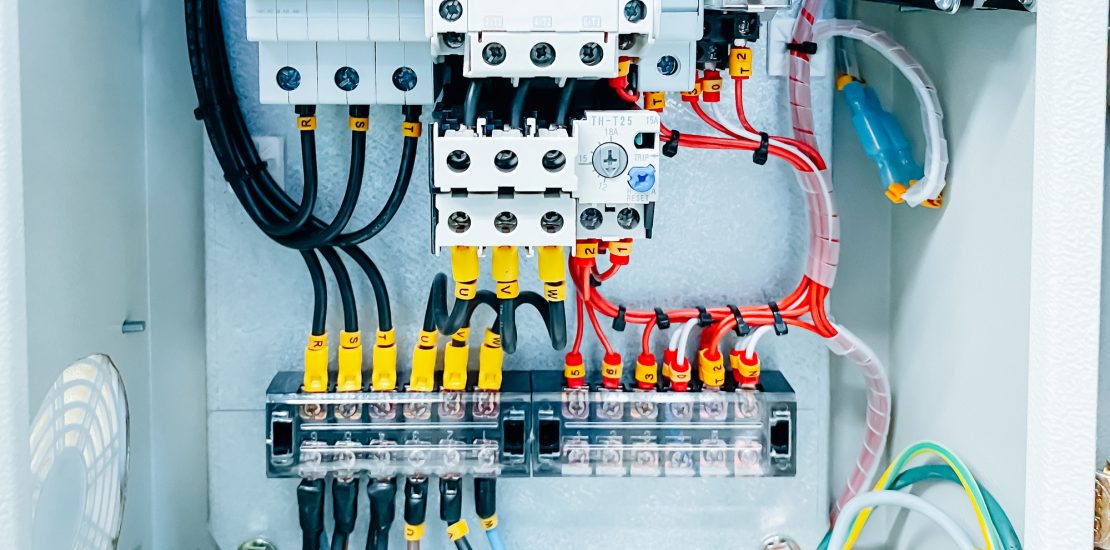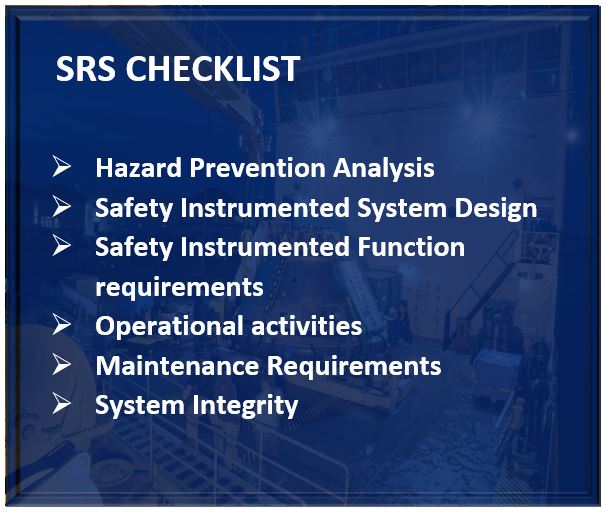Why Is an SRS (Safety Requirement Specification) Important?
- December 21, 2022
- Posted by: Velosi Author
- Categories: HSE, Insights

Introduction to SRS (Safety Requirement Specification)
The word SRS indicates its relevance to safety requirements. There are two primary categories of industrial production systems: manufacturing facilities and process plants, further merging into Oil and Gas, Petrochemical, energy production, etc.
When we talk about industrial production systems, safety is a major concern and if overlooked can lead to severe accidental consequences. A safety response system has become a standard component of safety systems due to the prevalence of workplace accidents that are caused by issues with the specification of control systems. Furthermore, to prevent catastrophic incidents, a proper SRS document must include all the safety requirements related to the specific project.
To note, in order to have a well-systematic SRS document more time shall be acquired to design an SRS to avoid any forthcoming ambiguities.
Why SRS?
A design basis – SRS is one of the most important documents necessary for an SIS (safety-instrumented system) project. This essential document will include all the important points a design engineer needs to know while designing an SIS.

Essential key points within an SRS must incorporate:
- Create systematic operating procedures
- Present the fundamentals for design, installation, and assigning of SIS (safety-instrumented system) loops.
- Identity and document Process hazard analysis and LOPA (layer of protection analysis).
- Finalize SIS loops and SIL loops within the document in terms of LOPA.
- Thoroughly analyze SIF functionality
- Identify the Architecture basis
- Thoroughly present specifications of SIL
- Comprise detailed hardware specifications and software specifications (if required).
Importance of SRS According to the International Standards
Two main international standards ISO 13849 (International Organization for Standardization) relevant to functional safety and IEC 61511 (International Electrotechnical Commission) relevant to safety instrumented systems require the execution of an (SRS).
Moreover, the IEC 61511 standard instructs an implementation of a safety requirement specification (SRS) for safety instrumented systems that incorporate analyses during risk assessment and HAZOP/PHA/LOPA reviews.
Specification = Communication
- Safety requirements within the SRS document must be defined precisely, involving the SIS and SIF specifications respective of SIL.
- The document shall incorporate the information clearly by avoiding TLA’s and jargon to make it easy to understand for corresponding individuals.
Conclusion
In conclusion, SRS is a document created in relevance to the safety lifecycle, including all the previous steps. It documents the hazards to avoid, frequency of hazard occurrence, consequences, and further SIL requirements to meet. SRS not only provides the design but also provides detail about testing and maintaining procedures accordingly. Moreover, it is responsible for protecting system integrity with ongoing operational processes.
One of the main benefits of an SRS is that it is not just documented once, but is a live working document that shall reflect back any changes or modifications made.
Please contact us for more information and assistance.


